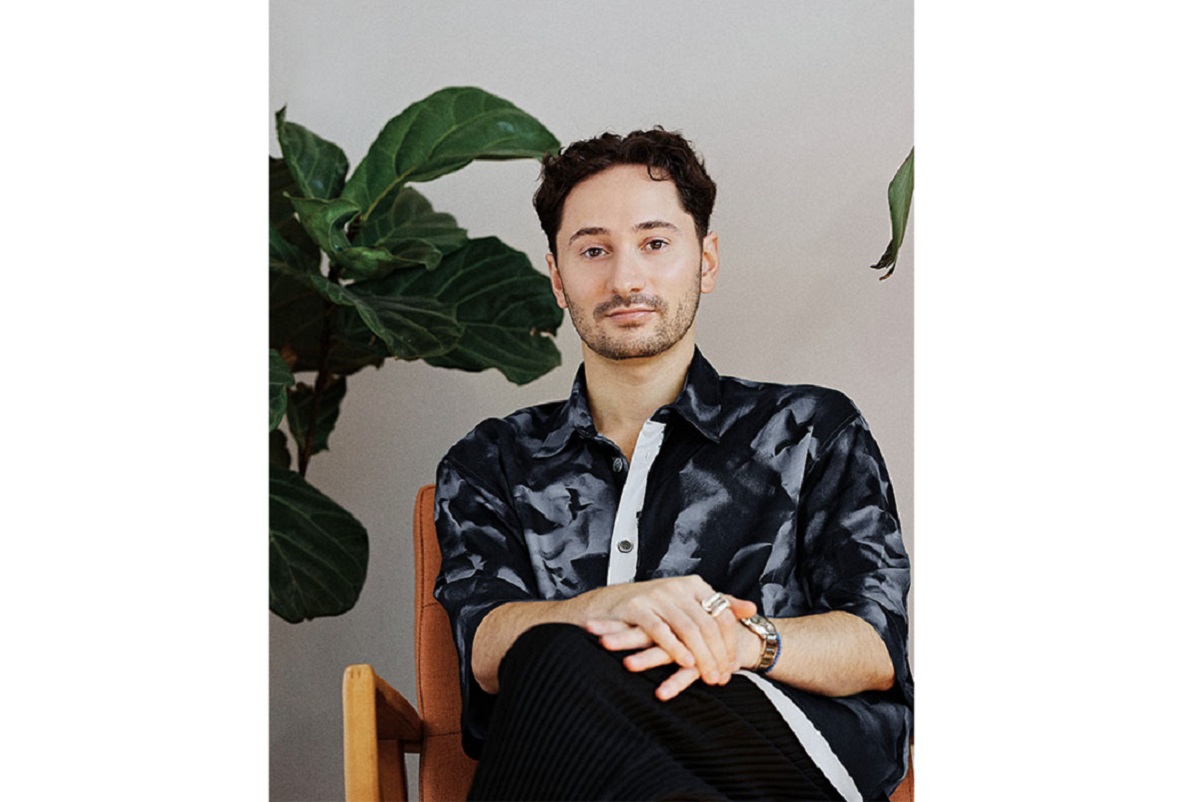Paragon Jewel Strategy: the jewel comes first

What are independent brands looking for when they come to Paragon?
I started Paragon after realizing that there was a need for emerging independent jewelry brands to create a successful wholesale model— which is often quite different than their tried-and-true direct-to-consumer business model. Coming from a buying background at Saks Fifth Avenue and Barneys, whenever I work with a brand I first analyze and assess their product in order to offer a strategy on how to develop a cohesive, competitive and sellable product assortment from a design perspective. This is the basis from which to launch the brand and the correlated marketing strategies.
How do you select brands and how should an Italian brand that wants and needs to enter the US market, for example, be approached?
I work with brands that meet the following criteria: a unique aesthetic that fills a need in the marketplace and the right positioning for scalability. Several factors come into play for scalability, from the brand’s production means and limitations, their financial limits and the personality of the designer which must be right for the industry. Unfortunately, talent in itself is not enough to build a successful fine jewelry brand.
How has the jewelry retail scenario changed in recent years?
Since the pandemic started, sales from independent fine jewelry brands have skyrocketed but, at the same time, consumer trends have also shifted. Pre-pandemic, diamonds and demi-fine jewelry layering was a consumer favorite, but during and post-pandemic, this trend has lost appeal and consumers have begun to favor uniqueness, unique pieces that can still be worn and layered with items from other brands. However, this comes with an element of risk for buyers who are asking for consignment terms in order to try out new brands.
How do you formulate a strategic plan?
The first thing I require of all new brands is to have at least one point of distribution; reason being, it is important to know how to operate a wholesale business and the positives and the negatives. I once read that the owner of any company should be their best salesperson; so, if the owner or designer is not even able to open at least one account on their own, it begs the question of their competency as a business manager.
How long does it take to be ready to launch the brand on the market?
Typically, one and a half to two years. Brands often want to start selling quickly and this sense of “rushing” can lead to negative consequences. First of all, having less-than-perfect pieces can affect sales since buyers pay great attention to detail. Then, not having a strong presence on social media and online can cause buyers not to take the brand seriously. Lastly, not having the infrastructure for scalability in order to meet the needs of retailers. All these aspects should be perfectly developed before even considering sales, because the risk of rejection from a buyer can lead to the brand being rejected for many years. A first positive and striking impression is paramount.
Product first, marketing second is your fundamental philosophy. Can you explain that?
Put simply, it means that a good jewelry item should be able to sell itself and not be a challenging product to sell. That is why Paragon places extreme emphasis on synergy between design and merchandising strategies. With this product-centric philosophy, there are fewer obstacles to scalability and greater overall profitability.
Federica Frosini, Editor in chief VO+






